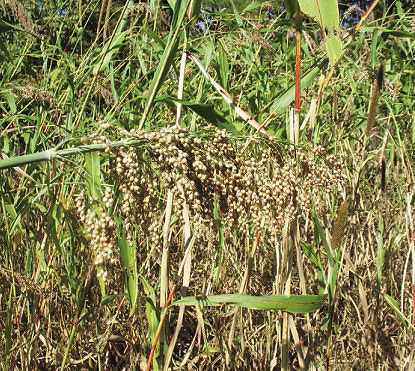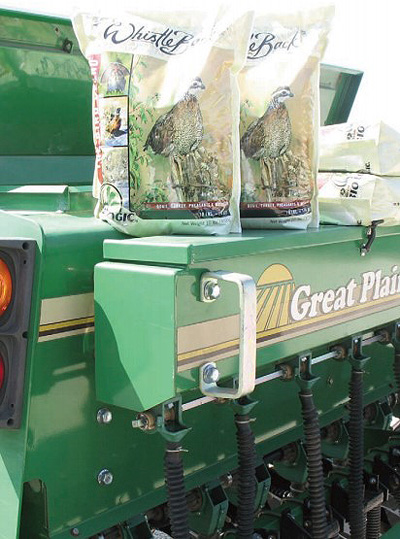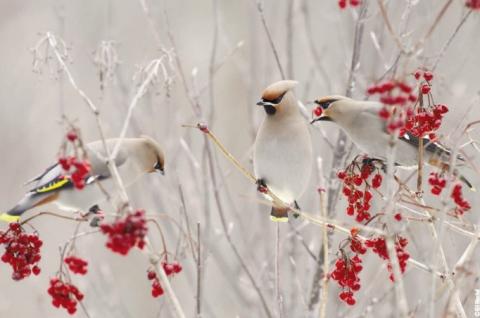Bobby Cole | Originally published in GameKeepers: Farming for Wildlife Magazine

While growing up as a young boy I always enjoyed hearing Bobwhite Quail whistle in the spring and summer, but unfortunately took the sweet sounds for granted. Later in life while deer hunting in the sedge fields of Bullock County Alabama, I often stepped into the roost circle of many a wild covey of partridges while sneaking to a treestand in the dark. Those same frosty mornings I’d listen to coveys call as they woke up and told the world they were alive and well.
It wasn’t until I didn’t hear those familiar whistles that I really began to miss them. It was a part of being in the woods, a part I didn’t realize I enjoyed so much. That’s what got me thinking, maybe BioLogic could somehow play a role in helping what wild coveys are left and maybe helping to even build populations. It’s a proven fact that wild birds will respond to habitat management. But most hunters aren’t “really” interested in quail much anymore…and I knew we had an uphill battle.

savored by wild bobwhites and whitetail deer.
The way whitetails are managed today is not very conducive to wild quail. They need “edge,” and mature patches to hide from predators, and we as whitetail managers tend to plant most every inch of plots, right to the edge of the woods. By edge I mean the edge of field allowed to grow up in various stages. Wooly and wild. I find it interesting that managing for deer is not helpful to wild quail, but managing for quail can be very beneficial to deer. Let’s just stop and think about that a minute. We might help these birds if we adopted a few new habitat improvement practices.
The plantation I grew up hunting in Alabama planted miles and miles of “bird strips.” I can still see them in my mind today and that was thirty years ago. Beautiful strips of Egyptian wheat, milo and millets. Never more than a plow width but going on forever in a random trail through the property.
I’m NOT saying that this product will bring back wild bird populations on your property to huntable levels, but if you have some birds why not help them? Why not support them? Having diverse wildlife on your property enriches the experience. Many bird species will benefit from WhistleBack, especially turkeys as we have learned during our development of the blend. This fall we saw turkeys in these strips at all hours of the day. In fact one group of hens hung out in a certain strip so often we jokingly called it the “strip club.”

lucky enough to have one; however, simple broadcasting
can produce great stands.
Okay, here’s the deal. I’d like to encourage our deer managers to plant WhistleBack on the edge of some of their annual summer food plots and leave it throughout the winter. All I you need is a ¼ acre per field in a strip along the edge. It can also be planted along the edge of roads and anywhere you have some daylight hitting the ground. It’s designed to plant a 10 foot wide, 300 foot long strip. Ideal for birds. The ingredients are Egyptian wheat, millets, milo and grain sorghum and a few others which create millions of tiny seeds to be consumed in the fall and winter.
This isn’t about selling seed…it’s about doing what’s right for the wildlife on your property even if you don’t hunt them. Creating biodiversity is a good thing. This blend will benefit a number of wild birds such as quail, turkeys, pheasants, even waterfowl if planted in the right location. Many non-consumptive species will enjoy it as they migrate through.
If you are up north or in the Midwest you may have plenty of birds which is all the more reason to plant WhistleBack, but we don’t here in the Deep South. It’s a sad deal. Modern quail hunting now is all about liberated birds. I’m glad the sport still survives on some level, but I believe that as deer managers and land stewards we can make a bigger impact… or at least should try. This product can help and I look forward to the day when someone emails or calls and tells me they heard some birds whistling on their property…the first birds they’ve heard in a long time. It’s a beautiful sound and I’m sure you’ll agree, it’s a sound we’d like our kids to hear.
For more info about WhistleBack, check out www.plantbiologic.com.






























